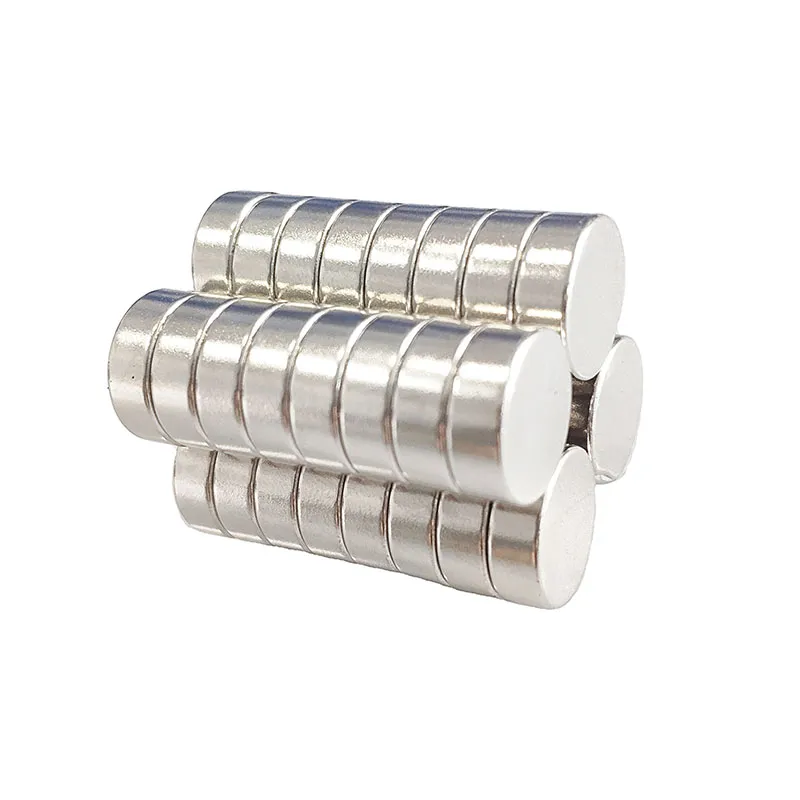NdFeB Magnets: The Power Behind Modern Technology
2024-10-18
NdFeB magnets, or neodymium-iron-boron magnets, are the most powerful permanent magnets available today. Their remarkable strength, compact size, and versatility make them essential in many modern applications. But what exactly are NdFeB magnets, and why are they so widely used?
1. What are NdFeB Magnets?
NdFeB magnets are composed of neodymium (Nd), iron (Fe), and boron (B), with the chemical formula Nd2Fe14B. Discovered in the 1980s, they are the strongest type of rare-earth magnets, offering higher magnetic strength and resistance to demagnetization compared to other types like ferrite or alnico magnets.
2. Why are NdFeB Magnets So Powerful?
The power of NdFeB magnets comes from their crystal structure, which allows for extremely strong magnetic fields. The neodymium atoms contribute to the magnetic force, while the iron and boron components stabilize the crystal structure, making the magnet both strong and durable. This combination results in a very high magnetic energy density, meaning these magnets can produce a strong magnetic field even in small sizes.
3. Common Applications of NdFeB Magnets
- Electronics: NdFeB magnets are found in many electronic devices, including smartphones, computers, and headphones. They are used in small but powerful components such as speakers, microphones, and hard drives.
- Electric Motors: Due to their strong magnetic fields, NdFeB magnets are essential in electric motors and generators, from household appliances to electric vehicles (EVs). They contribute to improved motor efficiency and reduced energy consumption.
- Medical Devices: NdFeB magnets play a crucial role in MRI machines, pacemakers, and other medical devices where precise, strong magnetic fields are needed for functionality.
- Wind Turbines: In renewable energy, NdFeB magnets are used in wind turbines' generators to convert kinetic energy into electricity efficiently.

4. Grades and Coatings
NdFeB magnets come in different grades, which determine their magnetic strength, temperature tolerance, and resistance to demagnetization. The grades are denoted by a number (e.g., N35, N52), with higher numbers representing stronger magnets.
These magnets are also prone to corrosion, so they are often coated with materials like nickel, zinc, or epoxy to enhance their durability and resistance to moisture.
5. Challenges and Limitations
While NdFeB magnets are highly efficient, they have some limitations. Their strength decreases at high temperatures, so temperature stabilization is crucial in certain applications. Additionally, because neodymium is a rare earth metal, the supply of NdFeB magnets can be influenced by geopolitical factors and mining practices, making them a potentially expensive resource.
Conclusion
NdFeB magnets are essential in powering modern technology, from small devices like smartphones to large-scale systems like wind turbines and electric vehicles. Their unmatched strength and versatility make them indispensable in a wide range of industries. As we continue to innovate, the demand for these powerful magnets will only grow, shaping the future of technology.


